Writing for kids can be lucrative. Books, movies, graphic novels, cartoons, and television shows aimed at children make up a huge segment of the storytelling market. The stories can get paired with toys and other products, which increases revenue, and some kids ask to re-watch items they’ve already seen, which means even more revenue.
Producers are always on the lookout for good material for kids, but the powers-that-be are careful when acquiring material for kids. Why? Because parents and caregivers, who generally control access to the material, make decisions about what their kids will see (or not see) based on an unspoken set of rules about what is child-appropriate.
As a writer for kids and as a parent, I can tell you that those unspoken rules are key, so before you start on that cartoon script, let’s think about what some of these rules might be.

Toy Story (1995) Photo courtesy: Walt Disney Pictures
No. 1 — Give us scares, but not extremely scary scares
“Toy Story” is undoubtedly one of the more successful franchises at Pixar. When they toys get accidentally tossed out, they face a wild adventure to get home. Each obstacle they face is more serious than the last, and the tension increases steadily as the story careens toward the final challenge. There are scares in this movie—a boy mutilates toys and straps them to rockets, for instance, and Rex has a loud roar—but the scares are never too scary. That’s the line you have to walk. Give us mild scares.
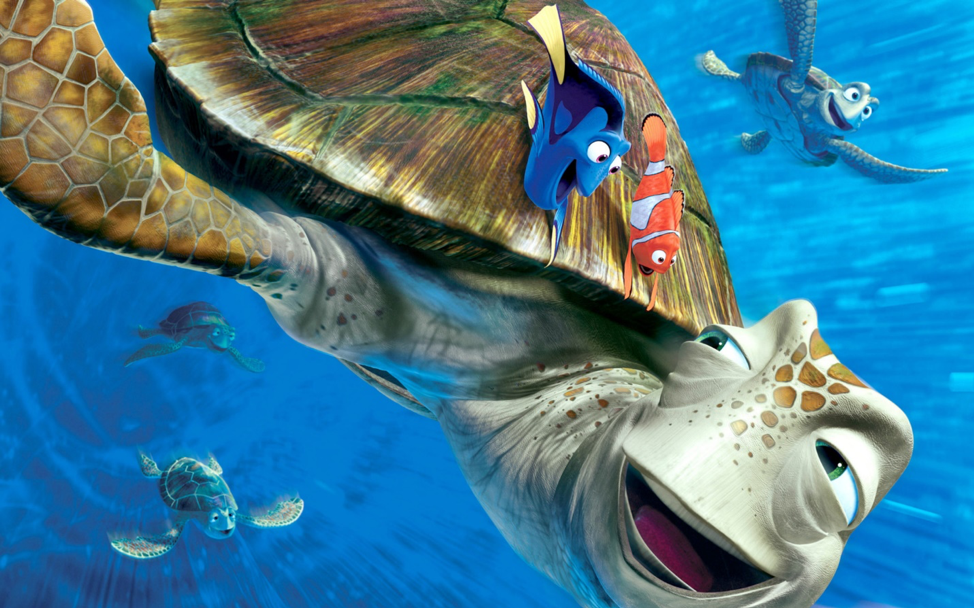
Finding Nemo (2003) Photo courtesy: Walt Disney Pictures
No. 2 — Clean humor
“Finding Nemo” is a perennial favorite among kids. Part of the reason is that Dory, Nemo’s friend and sidekick, is absolutely hilarious. Played by Ellen Degeneres, Dory injects the story with a constant stream of funny. But the humor is always 100% good clean fun. No iffy subject matter; no nasty or malicious jokes.
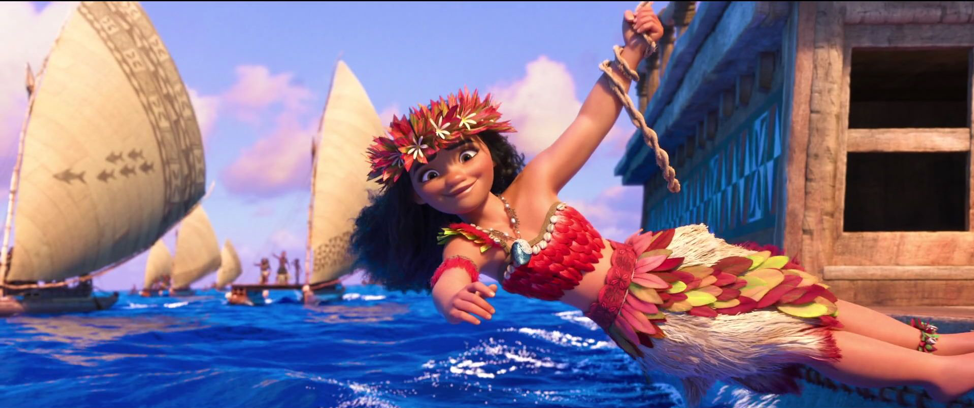
Moana (2016) Photo courtesy: Walt Disney Pictures
No. 3 — Worthy adventures
Kids love a fun adventure, and “Moana” offers them just that. This is not always true in every movie for kids, but adventures tailored for this audience often have a worthy goal. Moana spends her whole life wanting to take to the high seas, but she doesn’t actually leave until she needs to save her island. She waits until she finds a worthy adventure. Her necessary quest and her heartfelt determination are aspirational for young audiences—and that’s a plus.
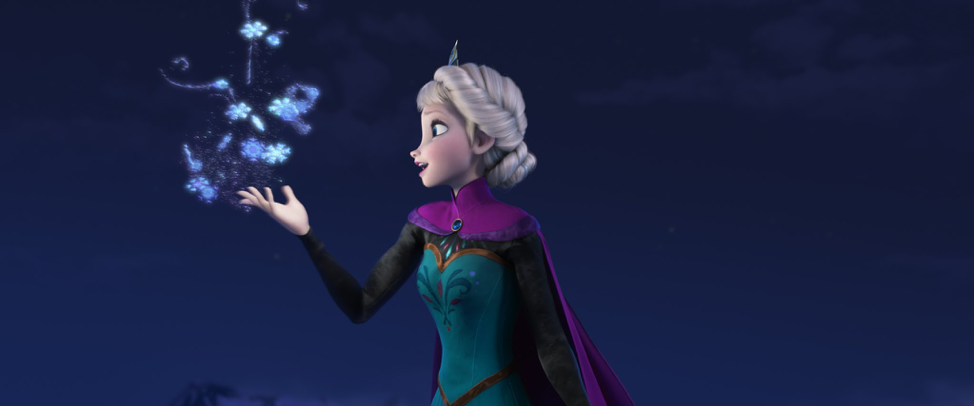
Frozen (2013) Photo courtesy: Walt Disney Pictures
No. 4 — Positive messages
“Frozen” was an extraordinary movie for many reasons. It had good humor, fun characters, a delightful story, exquisite songs, and a terrible villain. On top of all that, the movie offers kids a positive message about self-acceptance. Elsa stands in for every kid who has ever felt different and tried to hide it. Throughout the story, she struggles with her powers but ultimately she finds a way to be herself AND be accepted by the village.
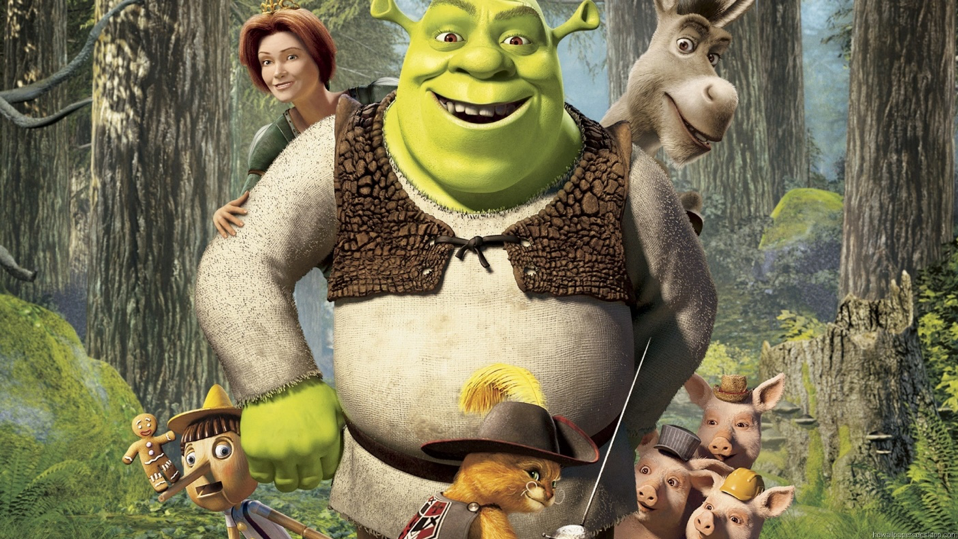
Shrek (2001) Photo courtesy: DreamWorks Pictures
No. 5 — Endings matter
Fairy tales don’t usually end with everyone becoming extremely happy monsters who are happy with their monstrosity, but that’s how “Shrek” ends. He isn’t transformed from an ogre into a handsome gentleman. Instead, Princess Fiona transforms into an ogre and chooses to stay that way. It’s an entirely surprising—and utterly delightful—ending. Like in “Frozen,” the message here is what’s important: there’s nothing wrong with being a perfectly nice monster. In fact, it might even be kind of fun, if you found another perfectly nice monster to share your life, especially if you have a hilarious donkey as a friend. Happily ever after doesn’t have to happen the same way for everyone.
What were your favorite movies as a kid, and why did you like them? Sound off in the comments!

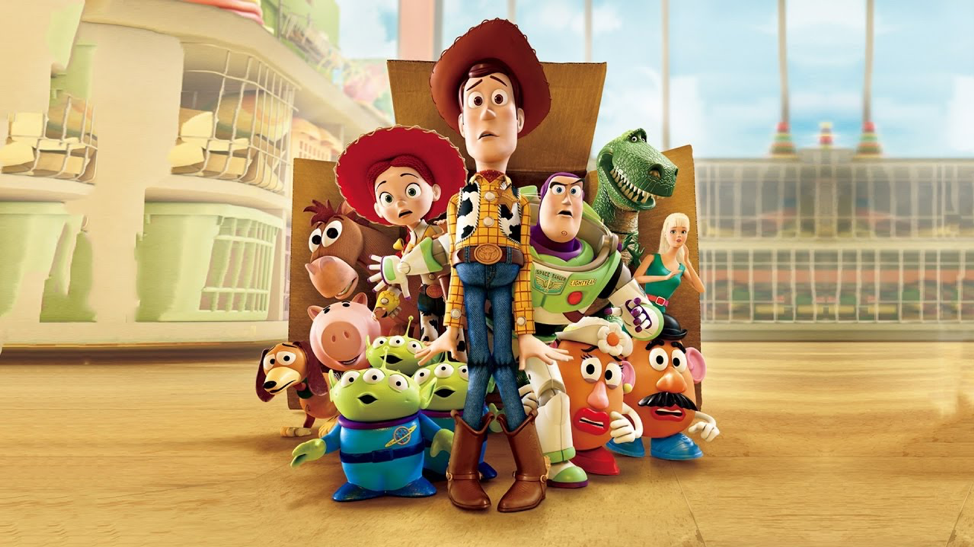


6 Replies to "Five Things To Know Before You Write for Kids"
Alex August 1, 2019 (3:44 pm)
This tired dogma that kids can’t take powerful, or overly dramatic stories is not helpful advice. It just promotes watered down boring stories – and is disrespectful to kids. Just look at Toy Story 3 – the apparent defeat in that kid’s movie has Woody, Buzz, and the gang about to fall to their death in a garbage incinerator – complete with jets of fire. This is Woody and friends final challenge, leading to the climax of the movie. It’s scary, intense, and it’s just what the story required at that moment.
Luckily great storytelling and intelligence prevailed at Pixar and they didn’t shy away from a very important dramatic build up to a great ending. Thank God and executive didn’t say “that’s too scary” for kids. Pixar does their homework and they structure their stories to work based on the demands of the material. Walt Disney shared that philosophy of good storytelling. If I’m not mistaken Pixar has 27 Academy Awards – they are a savvy group and they tell great stories for the entire family.
JM Evenson August 1, 2019 (6:52 pm)
Hi there! The reason I cited “Toy Story” above was because Pixar 100% understands the line between thrilling and scary for kids. They don’t subscribe to “tired dogma”—they’re making big bucks by carefully navigating what’s child-appropriate. Thanks!
carline August 1, 2019 (6:54 pm)
Thank you for writing this article. It has given me more insight into writing for children and the type of writing that appeals to them.
Carline, Shepherd’s Little Lambs Inc.
Pj August 2, 2019 (8:46 pm)
This gives me such hope for the future of children’s stories. I love clean, innocent fun and adventure!
It seems all screenwriting classes and advisors fail to understand the world is hungry for these kinds of stories. I’m going to write in this genre from now on: no more trying to write what I don’t care to write.
Paulo Silva December 8, 2019 (10:56 am)
Congrats Jennie. I really enjoyed your arguments. I’m finishing my first original screenplay and I will reevaluate it under this perspective you shared with us. I have three kids at home and I usually ask them what they liked most after we watched an animation movie. All the scenes that they pointed out are related to your listed points. Great!
BARBARA INGALLS October 8, 2020 (8:51 pm)
All excellent points. I’ll review my children’s books and screenplays to check if I followed them (sure hope I did!)
My childhood faves were all the Disneys that Walt supervised. I especially liked Lady and the Tramp.
Three decades later my husband and I bought and ran a movie theater (for 20 years).
That’s when I got to watch the films again, as an adult. I was surprised at all the double entendres and sexual innuendoes in the films. These jokes passed over my head as a child, but immensely added to our enjoyment as adults. That’s why our newspaper ads said “Fun for the whole family.”
Yes, humor must be clean for the kiddies but are you saying we should eliminate scenes like the animal pound in Lady and the Tramp when Patti Page sang sultrily about her character’s memories of Tramp and sexually strutted away from the camera?